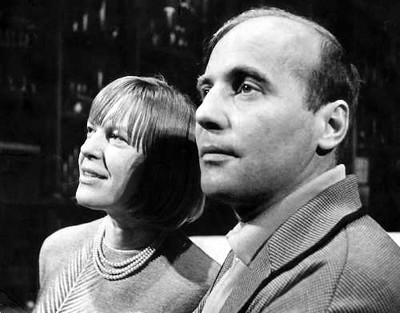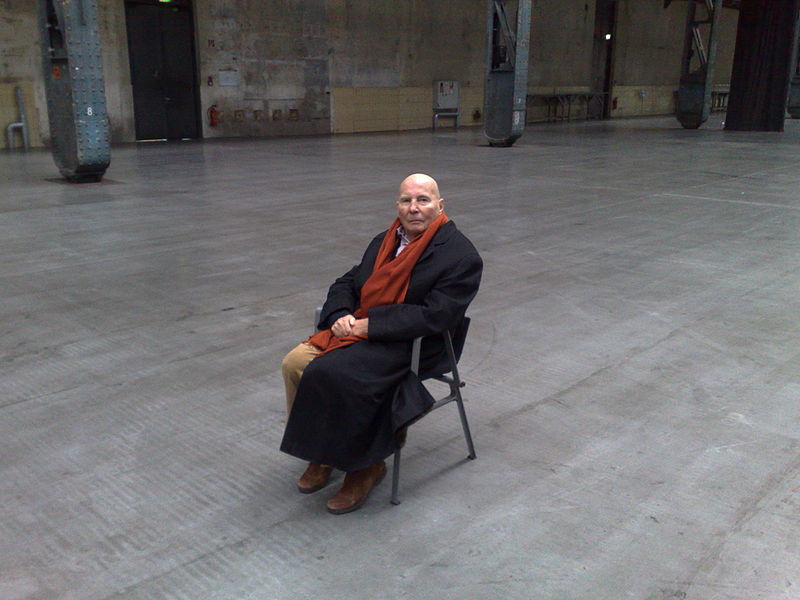Review of Hans Werner Henze’s “The Tedious Way to Natascha Ungeheuer’s Apartment”


“Der langwierige Weg in die Wohnung der Natascha Ungeheuer,” or, “The Tedious Way to Natascha Ungeheuer’s Apartment,” is a piece by German composer Hanz Werner Henze that was written for 17 performers, as indicated by its subtitle, which, interestingly enough, refers to it as a “show.”
Undoubtedly, upon first listen, one would immediately understand why—William Pearson’s vocals seem as if they need to be seen to be heard.
Featured amongst Pearson’s Sprechstimme mutterings and yelped vocals are a litany of musical attitudes brought to you in part by three ensembles with deep roots in the scene of contemporary music—the Fires of London, The Philip Jones Brass Ensemble and the Gunter Hampel Free Jazz Ensemble.
The titular Ungeheuer is a real person, as well—a painter from the small municipality of Biederbach in Baden-Württemberg—but her role in the piece is that of a “siren of a false Utopia” according to Gustavo Salvatore, the Chilean painter whose poem of the same name was used as the libretto in Henze’s piece.
The entirety of the lyrical content is taken from the poem itself, which was heavily inspired by the events of the 1968 student protests in Berlin, which Salvatore himself was involved in.
I wish I could give you further insight towards the lyrical content but, unfortunately, as has been mentioned on previous occasions upon my reviewing of albums in other languages, my skills in this field are few and far between, so my critiques will have to be limited to that which I can glean from the musical content and the prior research.
Fear not, however, as in that respect, there is still much to be found. Various sections of the album seem to demarcate themselves.
The first that stood out to me in particular was the fifth part, “Introduction to the Difficult Bourgeoisie”, with its jazzy theme and frantic shouts, which seem almost processed through a seemingly magnetic megaphone.
“Attempted Return No. 1” also shines, with its haunting solo sections from Pearson stabbing through the mix. “Attempted Return No. 2” features a nearly Star Wars-esque voice modulation, presumably performed by Henze himself through the medium of cut-and-spliced tape vocals, in addition to some aural effects that sound nearly unbelievable for the early 1970s.
The varied percussion brought forth by such talented personnel as Stomu Yamash’ta can be heard throughout, including the distinct sound of a vibraslap on “Attempted Return No. 3.”.
“Geodesy” features a downright demonic recitation the likes of which I have not heard in a piece of recorded music as of yet, provided by the placement of a seemingly near-equally toned but lower pitched voice mirroring the original—likely through tape manipulation of some sort.
Altogether, I quite enjoyed it. It was a welcome introduction to Henze’s music and I currently have a copy of the original poem text by Salvatore in the mail.
Although I cannot understand German, I would like to think that I can understand the feelings and that that, in combination with my sub-par translation skills, should be about enough for the time being.
8/10


